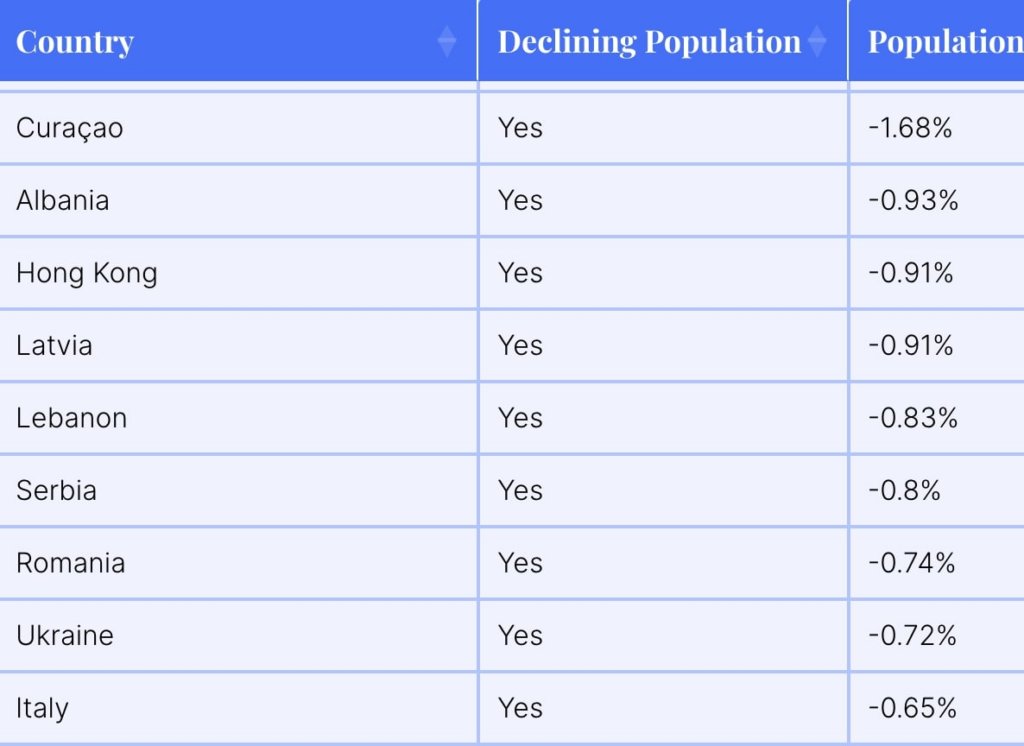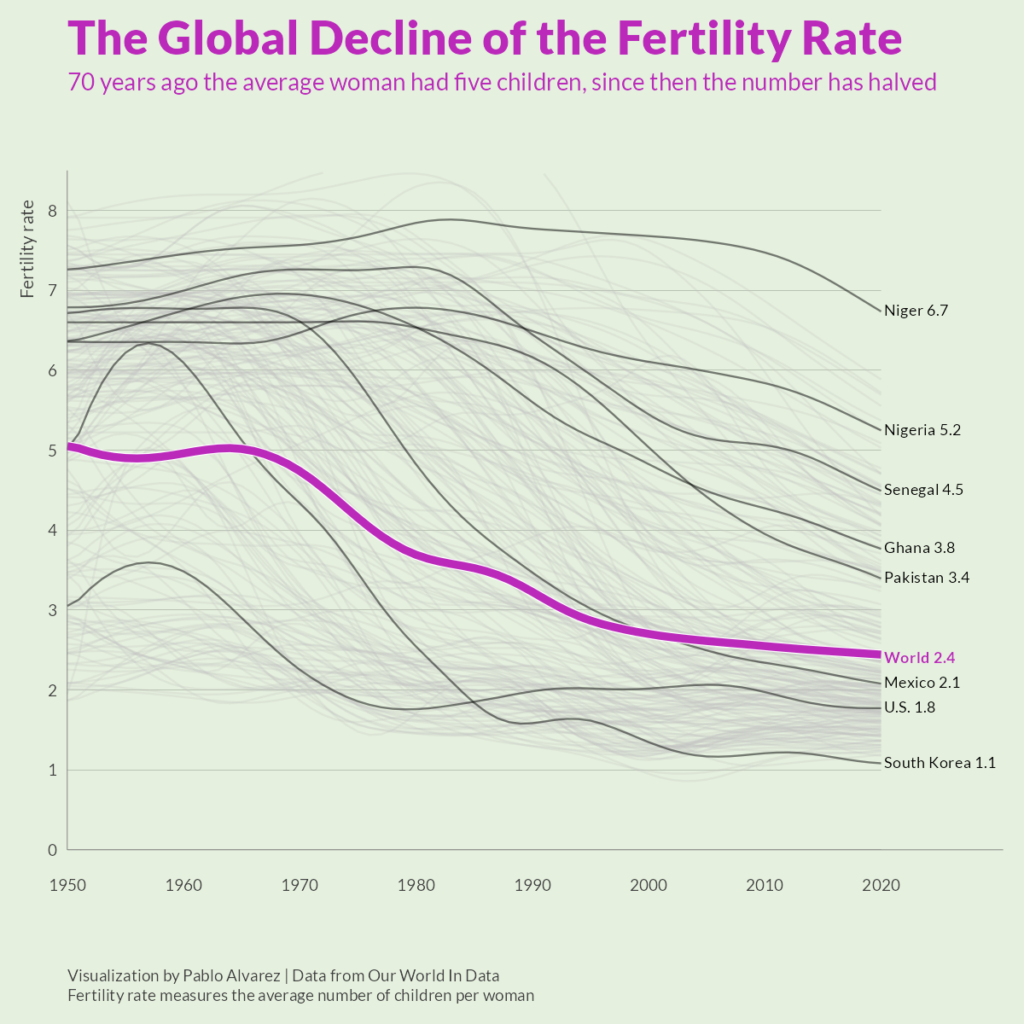Link: https://eppc.org/publication/a-subsidy-for-motherhood-why-i-now-support-social-security/
Excerpt:
But a major source of Social Security’s popularity, I believe, is that it is the last major institution in America to embody what used to be called the “family wage”—an adjustment of the pre-tax market wage to accommodate the responsibilities of raising a family. This is what now most embarrasses liberals about Social Security, no less than it offends yuppies. Social Security stands almost alone in accepting the traditional family (in which the father works to support the family and the mother raises the children) as normal. In addition to the basic retirement benefit based on each worker’s lifetime of contributions, there is an extra 50 percent spouse’s benefit. For most married women who work part-time, intermittently, or not at all outside the home, this spousal benefit is greater than the one to which they are entitled based on their own lifetime cash earnings. There is also a widow’s benefit equal to 100 percent of the husband’s basic benefit, and coverage of surviving dependents. To qualify, in general, the couple must remain married, the husband must be steadily employed, and the wife must give up a lifetime of earnings equal to at least one-half of her husband’s. Thus the structure of Social Security—in sharp contrast to welfare—upholds intact marriage, a father’s responsibilities, a mother’s sacrifice.
….
Yet every major Social Security reform proposal would pare down or phase out the “family wage.” Liberal proposals to tax or to means-test benefits would disproportionately hit the family benefits. Proposals by conservatives to privatize Social Security would hit the family twice. Social Security’s benefits for the traditional family, in effect, would effectively be phased out. In addition, the whole baby boom would be forced to “pay twice for retirement,” making it even harder to raise a family.
….
The birth rate in industrial countries has been falling steadily since the 19th century (in fact, one of the few interruptions of this decline in the United States, the baby boom, started after Social Security). The Myrdals were among the first to argue that this “demographic transition” has three causes: urbanization (which ends the economic value of children as unpaid farmhands and geographically scatters the extended family); industrialization (which makes widespread saving and social insurance against old age both possible and necessary); and secularization (which changes attitudes about birth control and abortion).
….
No one can argue that keeping Social Security will trigger a resurgence of traditional values; Great Awakenings are not kicked off by the retention of federal programs. But no one can doubt that officially upholding the family as the norm is important—or deny that undermining the “family wage” aspect of Social Security would be a serious blow to the family.
Author(s): John D. Mueller
Publication Date: October 15, 1987
Publication Site: Policy Review







